Before and after pix of Mandeville’s Hurricane Ida recovery progress
Photographer Eric McVicker contributes
Updated September 27, 2021 at 5AM
Today (September 27th) marks 28 days later. It has been 28 days since Mandeville woke up to unprecedented damage from a hurricane named Ida.
Hurricane Ida plowed through Mandeville on the evening of August 29th, 2021, damaging homes, businesses and parks with 100-mile-an-hour-plus winds and a devastating storm surge estimated at 7.6 feet. It toppled trees and utility poles on nearly every block south of Florida Street, effectively cutting off Old Mandeville from the rest of the world.
AT&T cell service was down for over 24 hours in the heart of Mandeville and unreliable for another day after that. Locals were seeking out friends who had different mobile carriers to make calls or posts to social media to let loved ones know they were OK.
On the morning of August 30th, Mandevillians found themselves climbing over trees and ducking downed utility poles just to check on neighbors only a block or two away. The recovery had begun.
Some had trees in their homes. Others had vehicles or property damaged by the storm. Businesses were flooded that hadn’t taken on water since — well — Hurricane Katrina.
The breadth of damage was disheartening to say the least.
But amazingly, the recovery and cleanup seemed to move much faster than anticipated. Perhaps it was because of the many lessons learned from Hurricane Katrina, which ironically struck 16 years earlier to the day.
Cleco seemed well prepared. A number of residents had their power restored within days and most homes in Mandeville had lights within a week. Also, internet services were more easily restored compared with Katrina, probably due to advances in technology in the last 16 years, but still, impressive overall.
Mayor Clay Madden provided constant updates via social media as soon as the city regained cellular service. Unfortunately, the City of Mandeville government relied solely on AT&T, which one can only hope that the city’s new disaster response and recovery contractor Richard C. Lambert Consultants has identified as a serious flaw.
Other than the complete communications blackout from the city during the first 24 hours, the mayor regularly posted the exact information he was receiving from utility companies, almost as he was receiving it himself. Madden and other officials seemed aggressive to get debris cleared so that people could get in and out of the area, and more importantly, so that utility crews could begin their work.
Grocery stores opened using generator power within a few days of the storm. After Katrina, that was not the case.
Mandeville bounced back from Ida, and fast.
To illustrate the progress the city has made, Mandeville Daily and local photographer Eric McVicker conducted a photo survey of the damage on August 30th compared to now — 28 days later:
Mandeville Beach facing east
The Mandeville Beach had almost all of its sand washed over and onto Lakeshore Drive to the north. It took more than a week to move the sand back to the beach after having been cleared to a staging area just outside the park. (Mandeville Daily/William Kropog)


Mandeville Beach facing northeast
Within days city crews and contractors were busy moving the sand to a staging area south of Lakeshore Drive to clear the roadway for cars. (Mandeville Daily/William Kropog)


Coffee Street near Jefferson Street facing north
Two ladies in wading gear making their way down Coffee Street toward Lake Pontchartrain. (Eric McVicker Photography)


Jackson Avenue at Tammany Trace facing north
Looking north down Jackson Avenue standing at the intersection of the Tammany Trace. City work crews can barely be seen here behind this tree as they clear a path through the numerous downed trees blocking one of Old Mandeville’s main access points. (Mandeville Daily/William Kropog)

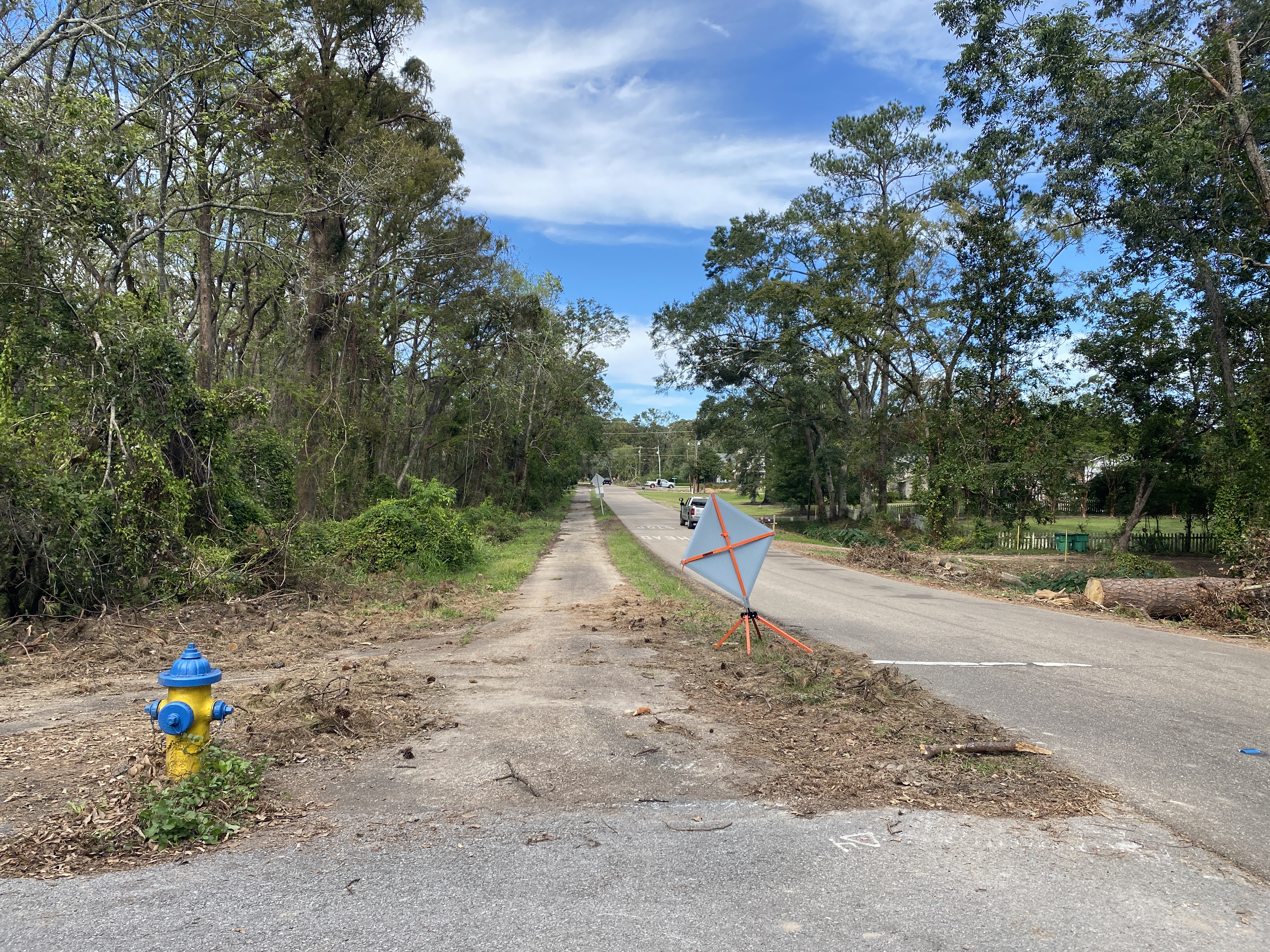
Carroll Street near Lakeshore Drive facing north
Carroll Street near Lakeshore Drive facing north. The storm surge left its mark. (Eric McVicker Photography)

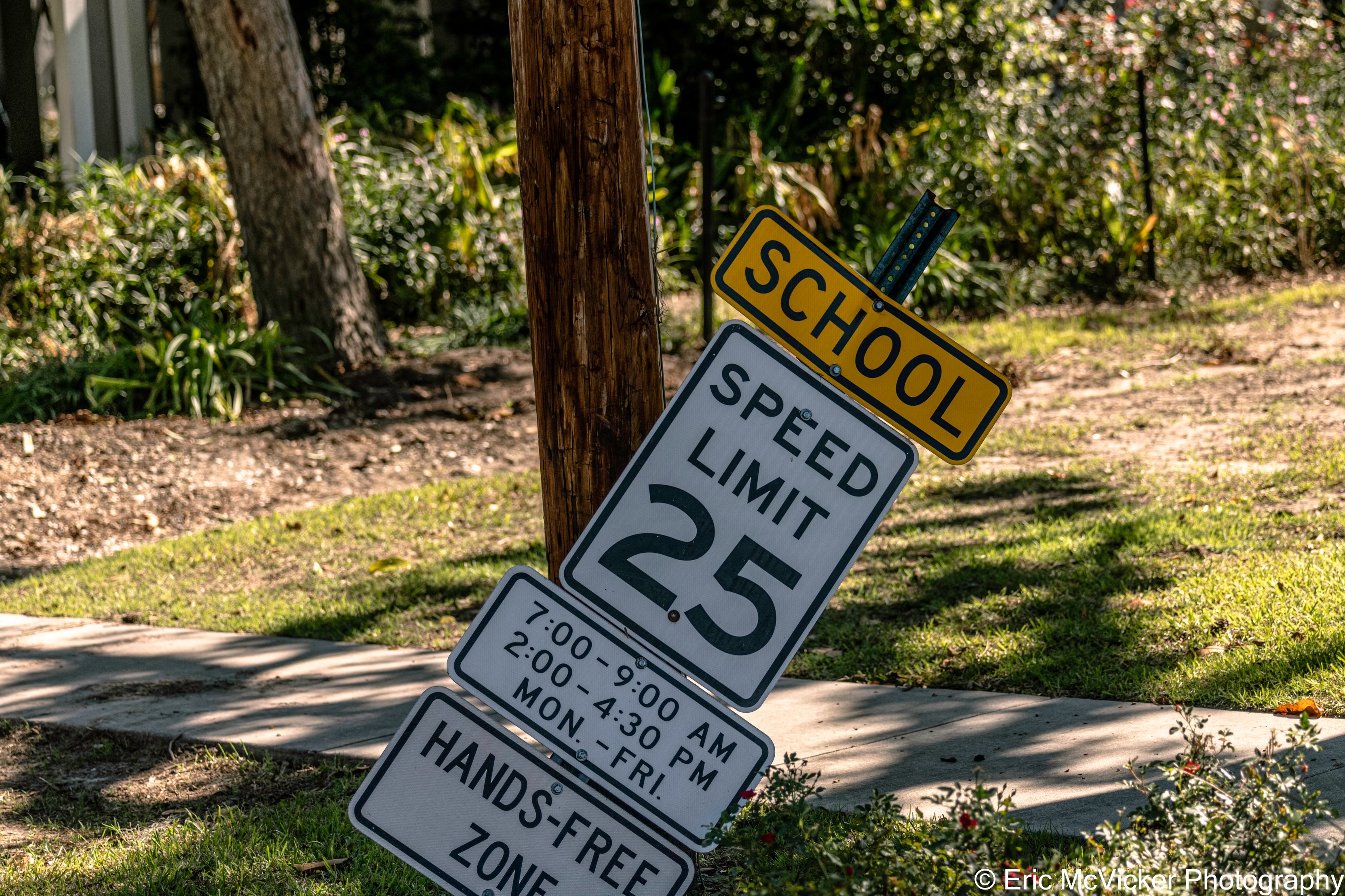
Madison Street facing south toward Bayou Castine
Madison Street between Jackson Avenue and Atalin Street facing south toward Bayou Castine. Even almost 24 hours after Ida passed through, the water had only receded several inches, and leaves, limbs and debris of all kinds created a ‘carpet’ that obscured the bayou completely. (Mandeville Daily/William Kropog)
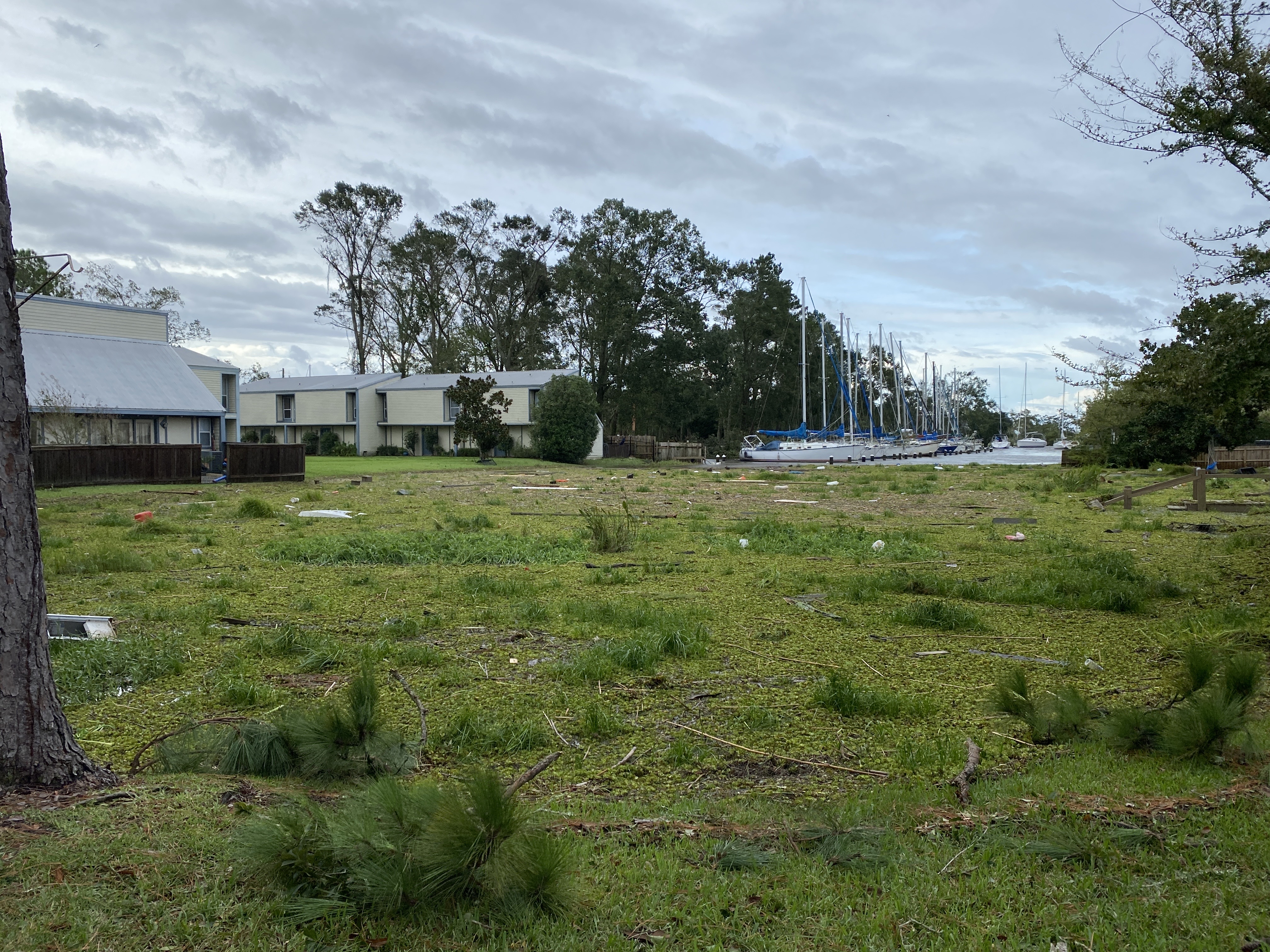

Monroe Street at Antibes Street East facing east
Monroe Street at Antibes Street East facing east. Trees and utility poles crisscrossed Monroe Street at multiple points. (Eric McVicker Photography)


Monroe Street at Coffee Street facing west
Monroe Street at Coffee Street facing west. Trees and utility poles crisscrossed Monroe Street at multiple points. (Eric McVicker Photography)


Atalin Street at Livingston Street facing north
Atalin Street at Livingston Street facing north. Much of the Jackson Avenue corridor, including Atalin Street, was a tangled mess of trees and utility poles and their wires. (Mandeville Daily/William Kropog)


Carroll Street at Lakeshore Drive facing north
Carroll Street at Lakeshore Drive facing north. The storm surge bent signs over as it pushed inland. (Eric McVicker Photography)

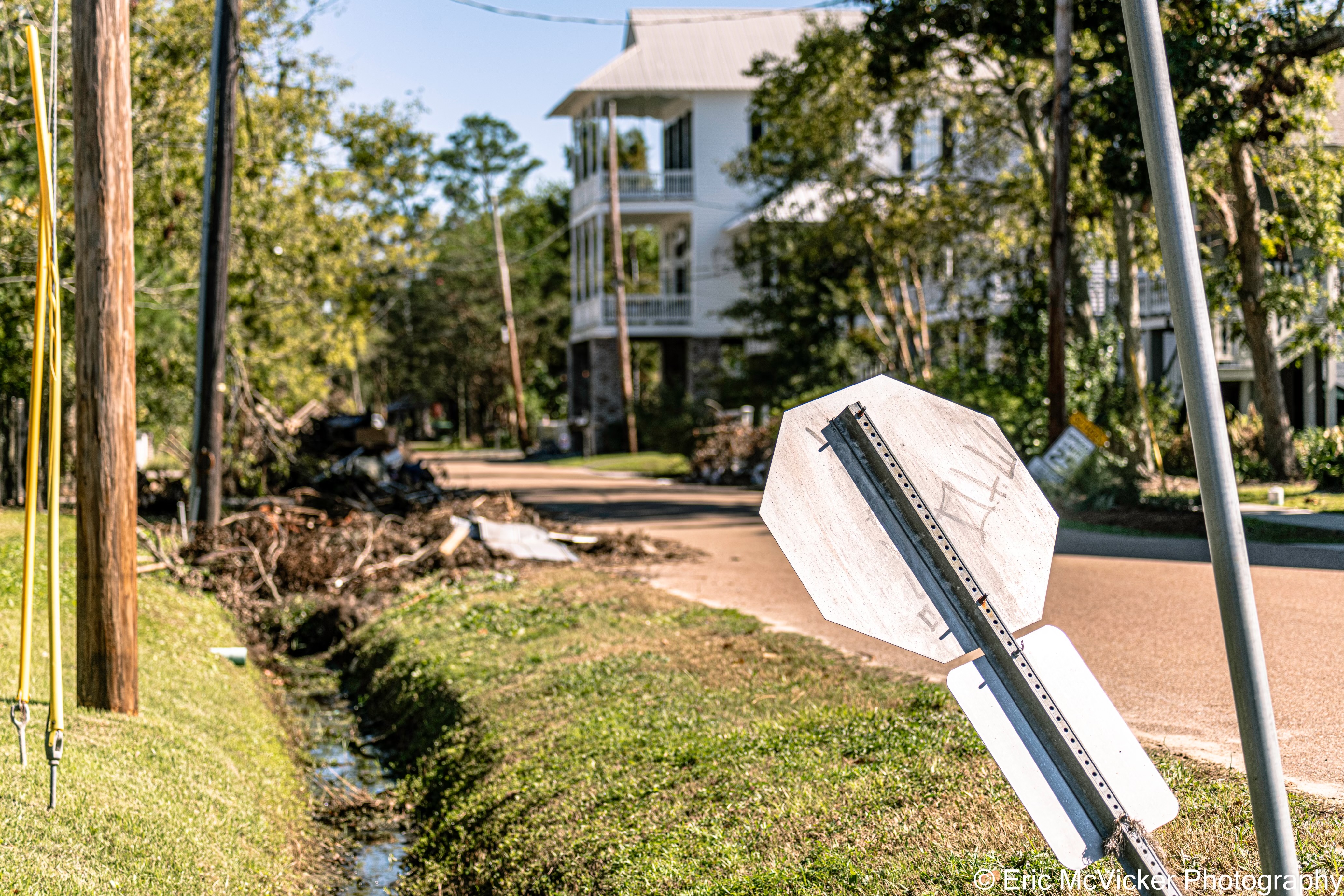
Coffee Street near Jefferson Street facing south
Coffee Street near Jefferson Street facing south toward the lake. Water was still 2-3 feet high blocks inland almost 24 hours later. (Eric McVicker Photography)


Tammany Trace near Jackson Avenue facing west
Tammany Trace between Jackson Avenue and Atalin Street looking west. The Trace was barely visible at numerous points. (Mandeville Daily/William Kropog)

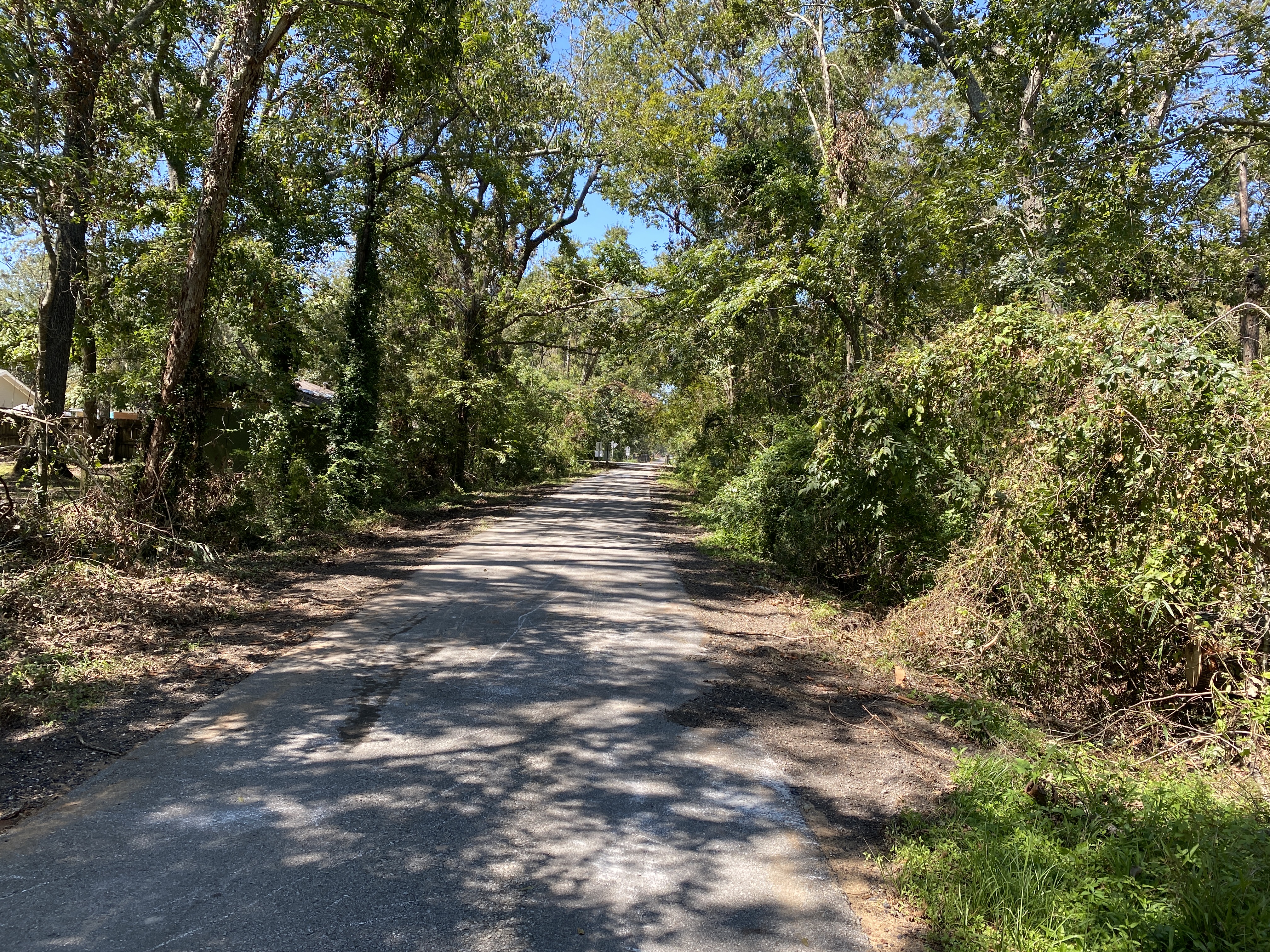
Editor’s Note: Mandeville Daily thanks photographer Eric McVicker for his contributions to this piece. His work greatly enhanced Mandeville Daily’s Hurricane Ida coverage.


I see the main reason for the swift recovery start was the fact that there were FAR more people in town for this hurricane compared to Katrina. In my area, there were FOUR people at their homes during Katrina, and one was on a boat, where there were many more people at home than not, for Ida. These people were in their yards beginning a cleanup within hours of the weather clearing. Most were well prepared with generators, gas, and chainsaws, lessons learned from previous storms.
LikeLike